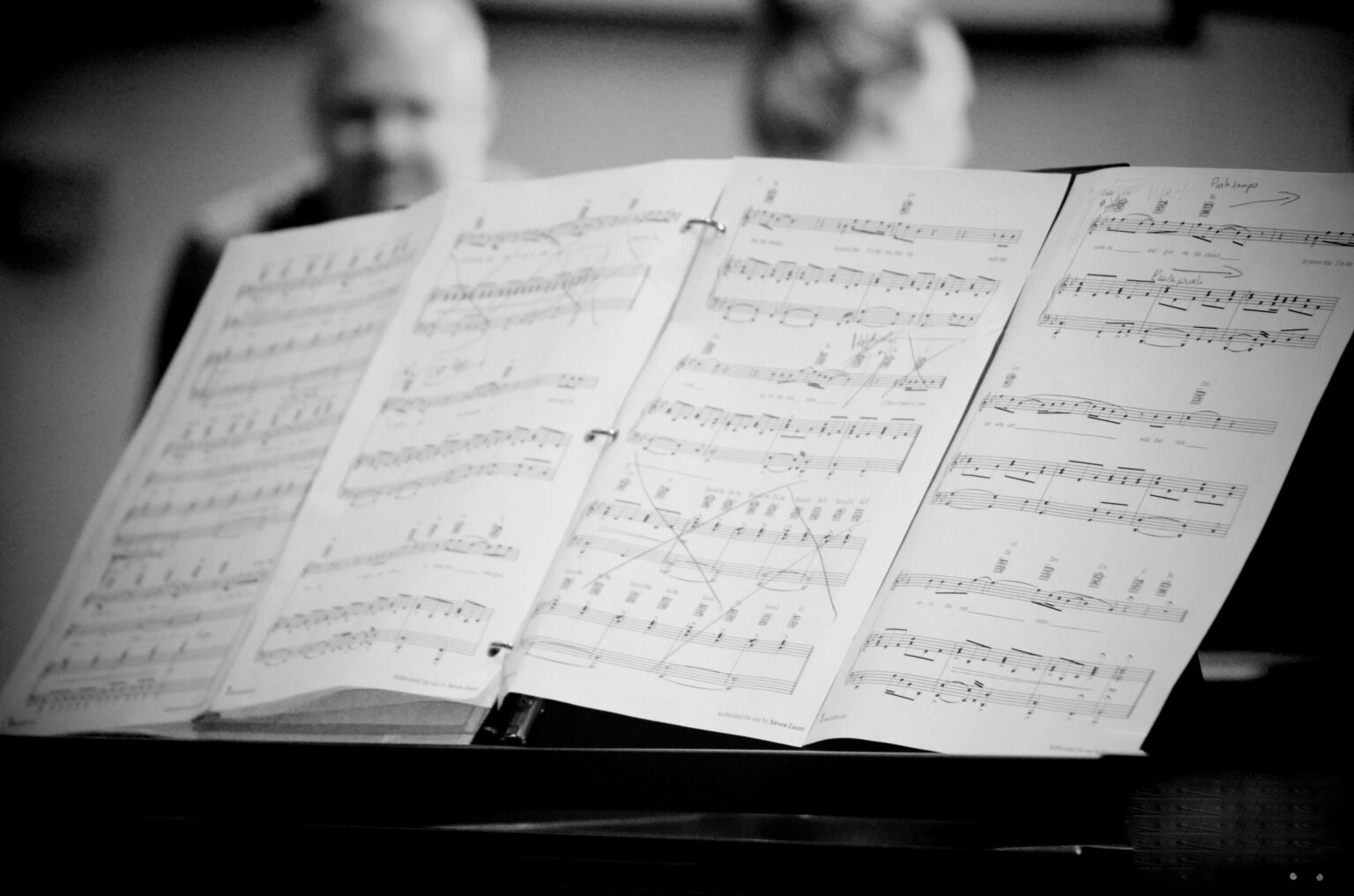“You sometimes wonder, when listening to some of the great classical composers, whether they really know how to bring a piece to an end. One of the most notorious is Beethoven. There are times when, at the end of a symphony, you think you’re just coming to the end, but the chords go crashing on and on, sounding almost ‘final’ but leaving room for just one more … and then another … and then another … until the very last one dies away and the symphony is truly complete. No doubt a serious student of music would explain that there was a purpose in it, but for many listeners it seems as though a great deal has been packed into the ending, almost as though the whole symphony is being gathered up into those last few explosive chords. Matthew’s ending is much like that. Not that it goes on longer than we expect; it is in fact quite compact. But it contains so much that we would do well to slow down in our reading of these final verses and ponder each line, indeed each phrase, to see how they gather up the whole gospel and pack it tight into the final meeting between Jesus and his followers” (Wright, Matthew for Everyone, Part 2, 205).





